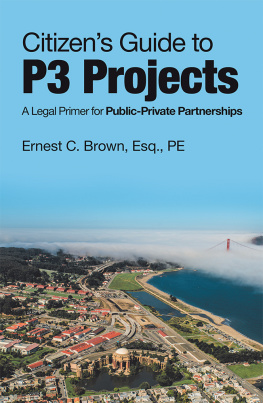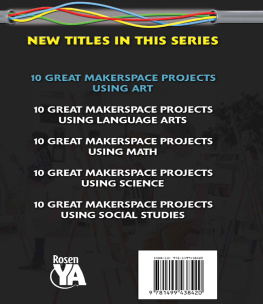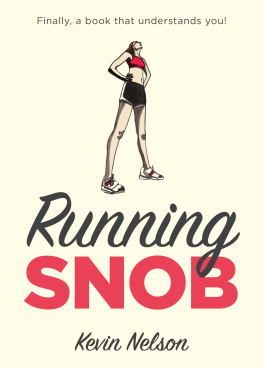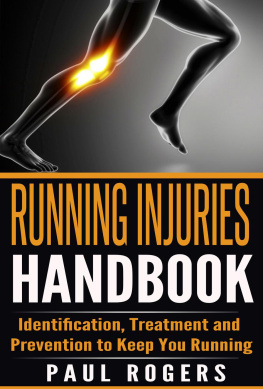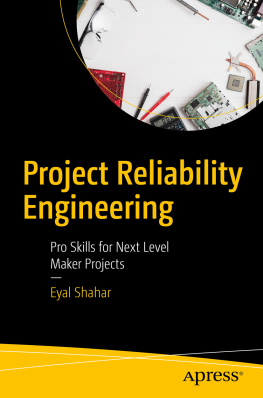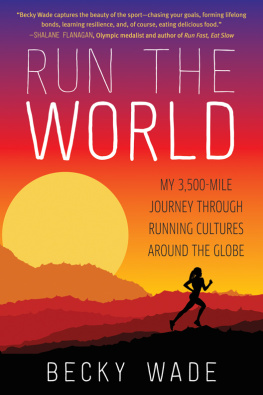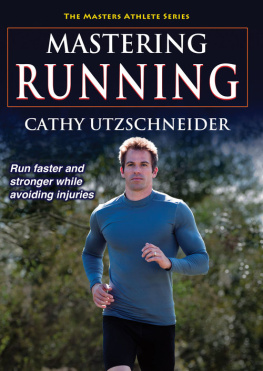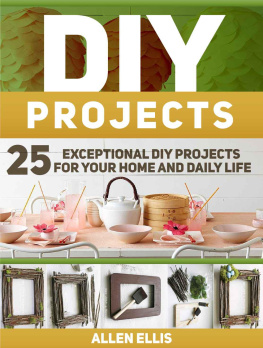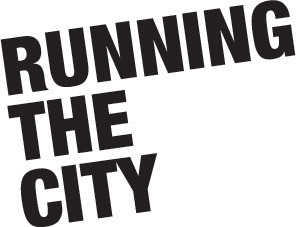
Felicity Fenner is Director of UNSW Galleries, a member of the City of Sydney Public Art Advisory Panel and a lead researcher on the Curating Cities database of eco-sustainable public art. Her research as a curator focuses on aspects of place-making and inhabitation, encapsulated in exhibitions such as Handle with care: 2008 Adelaide Biennial of Australian Art, Once Removed, Australias group exhibition at the 2009 Venice Biennale, Michael Nyman: Cine Opera, staged inside Sydney Park Brickworks in 2011, Running the City, curated for the 2013 International Symposium on Electronic Art, and People Like Us, an international exhibition of new media art developed for tour to 15 venues across Australia (20152019).

A NewSouth book
Published by
NewSouth Publishing
University of New South Wales Press Ltd
University of New South Wales
Sydney NSW 2052
AUSTRALIA
newsouthpublishing.com
Felicity Fenner 2017
First published 2017
10 9 8 7 6 5 4 3 2 1
This book is copyright. Apart from any fair dealing for the purpose of private study, research, criticism or review, as permitted under the Copyright Act, no part of this book may be reproduced by any process without written permission. Inquiries should be addressed to the publisher.
Cataloguing-in-Publication entry is available at the National Library of Australia
ISBN 9781742235332 (paperback)
9781742242835 (ebook)
9781742248318 (ePDF)
Design Josephine Pajor-Markus
Cover design Louise Cornwall
Cover image MAP Office, Runscape Hong Kong, 2010
Printer Griffin Press
All reasonable efforts were taken to obtain permission to use copyright material reproduced in this book, but in some cases copyright could not be traced. The author welcomes information in this regard.
This book is printed on paper using fibre supplied from plantation or sustainably managed forests.

This project has been assisted by the Australian Government through the Australia Council for the Arts, its arts funding and advisory body. The publication was additionally supported by the Australian Research Council and the City of Sydney.



CONTENTS
FOREWORD
Some years ago, the Sydney Morning Herald columnist Elizabeth Farrelly asked, Does art, especially public art, still matter? And what etiquette governs its manners in a time of babel?
The question it raises is one that drove and bedevilled the modern century. If art must have meaning (not just beauty) where does that meaning originate? With the artist? The viewer? Or in some magical meeting of the two?
Elizabeth was reflecting on the death of Sol LeWitt, the American conceptual artist who, she observed, insisted on creating works that were inordinately obscure. Despite this alleged obscurity, his work is enjoyed by hundreds, if not thousands, of Sydneysiders every day. Since 2003 his large brightly coloured mural has enlivened the circular ground floor foyer of Harry Seidlers Australia Square Tower.
LeWitts mural, along with countless other public and semi-public artworks, demonstrates the contribution public art can make to shaping public places.
Felicity Fenner emphatically demonstrates that public art still matters. In Running the City she provides numerous examples of public art that delights, inspires and challenges us. Her focus is artworks that activate public space not by simply being plonked but by being integrated with that space and becoming embedded in its communities.
A citys art can help shape a unique and memorable identity, expressing the spirit of place, and presenting a rich and nuanced picture sometimes a critique of the society that produced it. Over the past decade the City of Sydney has acted on this, commissioning many new temporary and permanent public artworks, from small-scale laneway projects to Yininmadyemi: Thou dost fall, the artwork in Hyde Park which acknowledges Aboriginal and Torres Strait Islander men and women who served in the nations armed services.
We have incorporated art into the daily life of our city villages with new artworks being strongly featured in our public domain improvements. Public art is being integrated into our Green Square urban renewal project in inner south-west Sydney.
All this is being achieved with the expert guidance of our Public Art Advisory Panel, chaired by Leon Paroissien. Felicity Fenner is a much valued Panel member and her first-hand experience has informed her insights.
Several of the Citys public art projects feature as case studies in this book, including Michael Hills Forgotten Songs, which recalls the songs of fifty birds that could be found in central Sydney before European settlement. Initially part of the temporary laneways art program, it captured the publics imagination and led to many requests that it be made permanent. This response confirmed that public art matters to the public. It can have beauty and meaning, helping us understand what we have now and what we have lost.
Any exploration of the relationship between art, the public domain and its communities is welcome, given there are so few and even fewer exploring the public art of Sydney. Running the City is an important and much-needed contribution to this discourse.
Clover Moore, Lord Mayor, City of Sydney
INTRODUCTION
PUBLICARTINTHECITY
O n a summers day in London the elegant galleries of Tate Britain offer respite from the hustle of the city outside, cool and quiet spaces for culture and contemplation. Visitors during the summer of 2008 may also have been seeking a haven in art from the worlds obsession with the Beijing Olympics and star sprinter Usain Bolts record-breaking performances. Imagine their surprise, peacefully strolling through the gracious central gallery and immune from incessant sporting chatter, when an athlete shoots past at Bolt-like speed. Thirty seconds later another athlete thumps through the space at full blast, then another, and another. All hope of escaping into a sport-free zone evaporates as the sound of running soles on polished stone floors and the odour of athletes sweat begin to fill the museum spaces.
When bemused visitors to Tate Britain that summer recovered from the viscerally felt collision of art and sport, they discovered that the 100-metre sprinters in the museum belonged to an artwork devised by leading British artist Martin Creed. In discussing the work, Creed refers to running as a life-affirming art form that celebrates the beauty of human movement and of life itself: Running is the opposite of being still. If you think about death as being completely still and movement as a sign of life, then the fastest movement possible is the biggest sign of life. So running fast is like the exact opposite of death its an example of aliveness.
Next page


